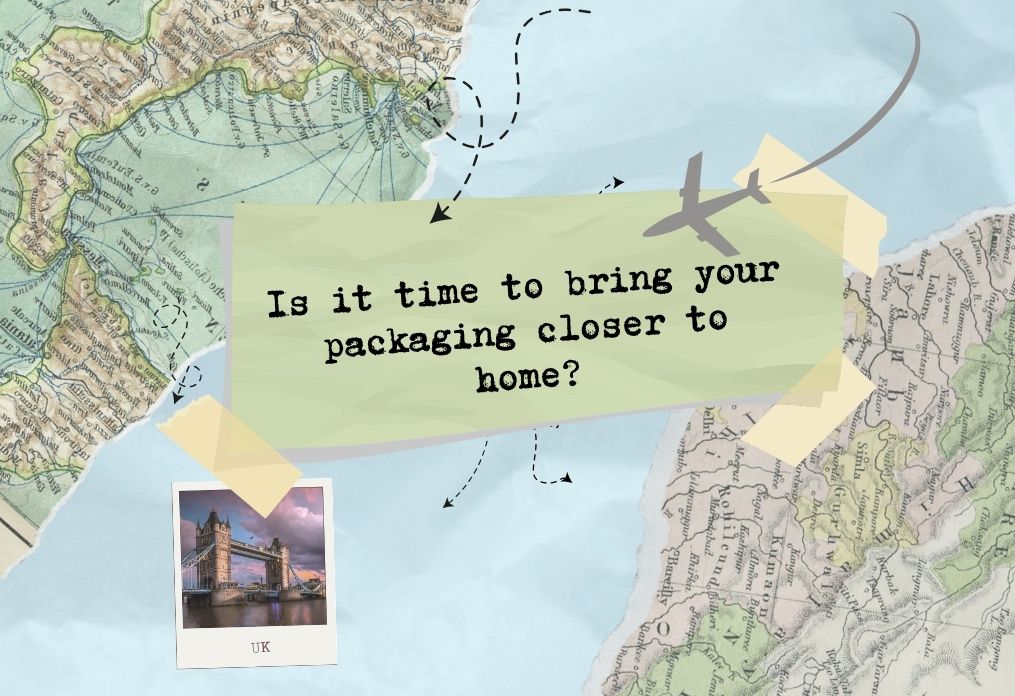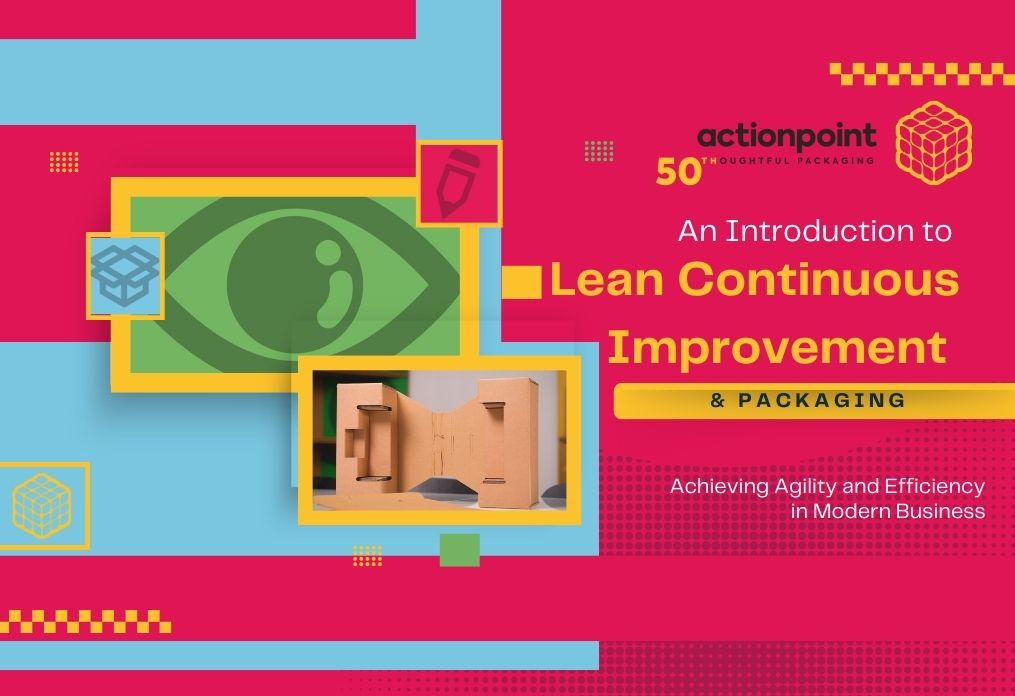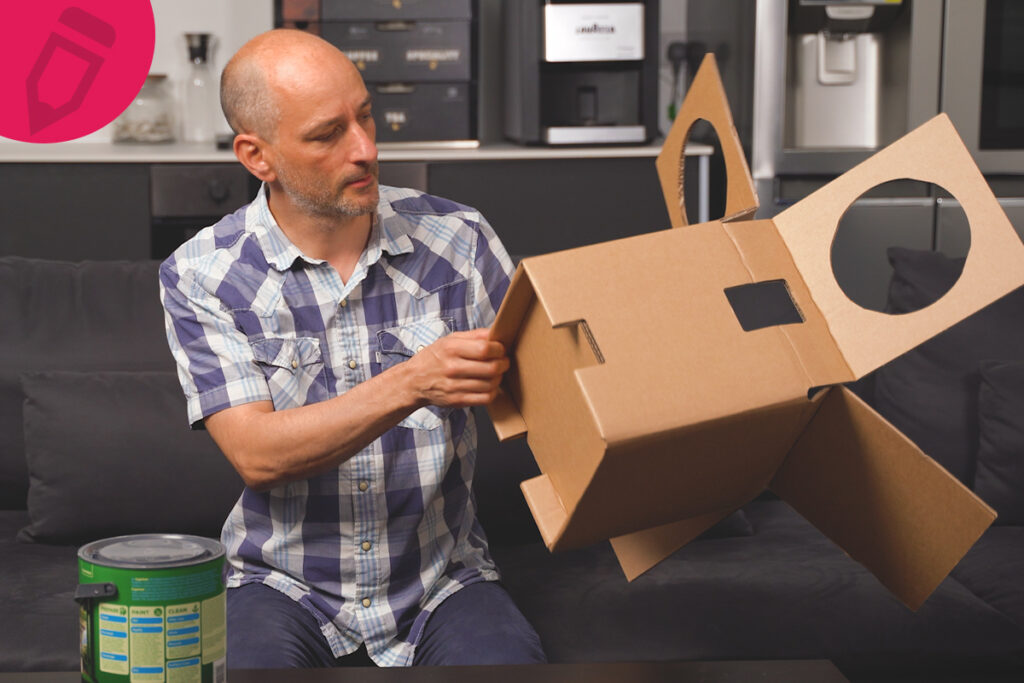Is your packaging spend too high? Many people feel they spend too much money on packaging. It can be an uninspiring purchase – repetitive consignments of boring bland material! Yet if they tried doing without it, customers would not be pleased!
It’s likely that you could save money on your packaging. New materials and innovations are becoming available at an increasing rate. But – and here’s the punchline: your packaging could literally pay you handsomely too!
Your product’s packaging can increase sales
Packaging is often the last message the consumer sees before deciding which to buy. Your last opportunity to convince them to choose your product – not your competitor’s!
Also, your product’s packaging can be the first physical contact that the consumer has with your brand. This creates a unique opportunity to convey powerful first impressions to your customer base.
Packaging is a crucial touchpoint where you can reinforce your brand image, add real marketing value, and contribute to the holistic shopping experiences of your customers.
What does your current packaging say about your product? Does it employ maximum persuasion? Is it fit to challenge – and beat- all of your competition, each time a consumer makes their final choice?
And is it tailored to gain you the best results in EVERY one of your markets?
It can be! While saving – and earning – money for you.




